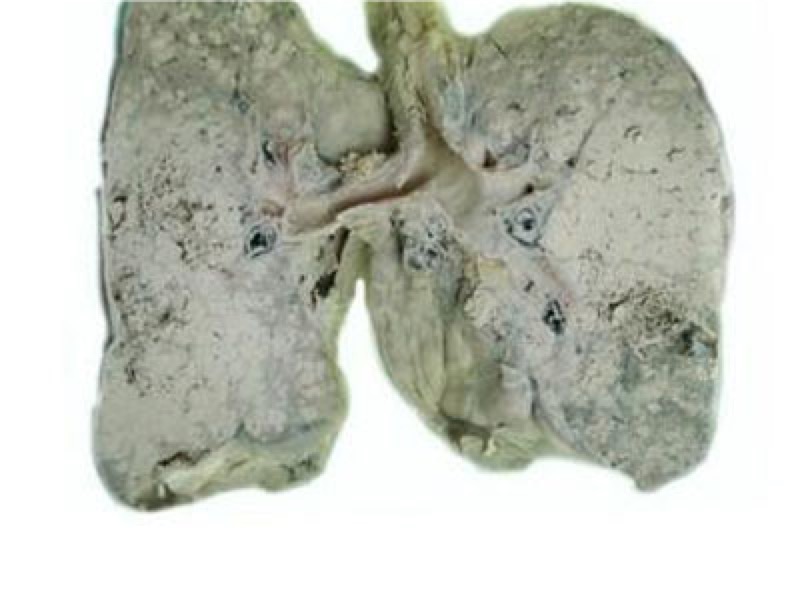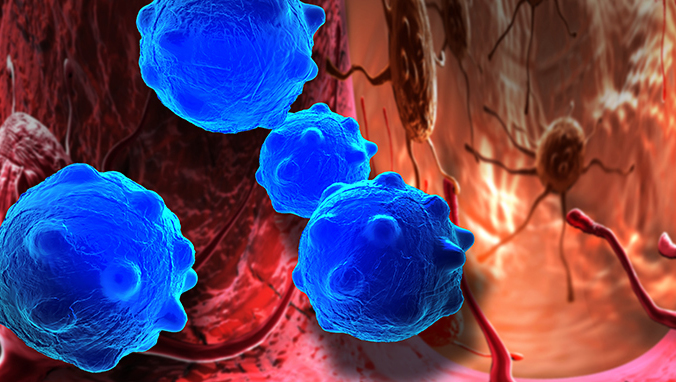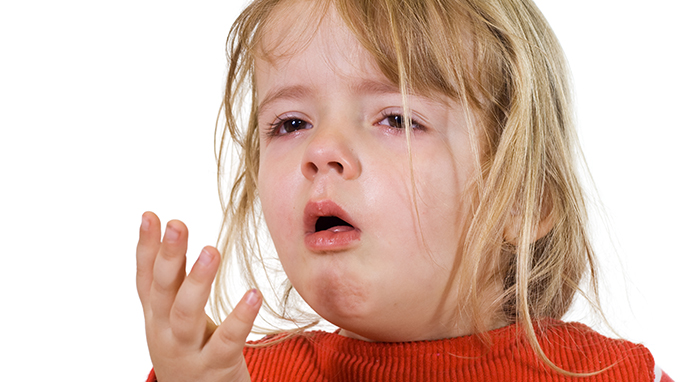Never ignore your child's rhinitis
I went to the clinic today, and I saw several children with asthma. I learned about the child’s medical history. Asthma had been well controlled. The hormones were stopped or reduced, but did they relapse? A child with an enlarged body, whose swelling was removed, suddenly had a severe cough? And the asthma is really good, no longer wheezing, but the cough caused by the infection lasts a long time? What''s going on?

Actually, they all have something in common, that is : 1. No allergens were checked, and allergic substances or foods were avoided; 2. Asthma was concerned, and nasal care was ignored.
In recent years, there is a loud new diagnostic term that has attracted our attention more and more. The term is called "Children''s Allergic Rhinitis-Asthma Syndrome (Combined AllergicRhinitis and Asthma Syndrome) refers to the simultaneous clinical or subclinical upper respiratory tract allergy (allergic rhinitis) and lower respiratory tract allergic symptoms (asthma), which often coexist at the same time.
The incidence of asthma in patients with allergic rhinitis is 4-20 times higher than that in normal people. The incidence of asthma in normal people is about 2-5% while the incidence of asthma in patients with allergic rhinitis It can be as high as 20-40% even some people think that 60% allergic rhinitis may develop into asthma or accompanied by lower respiratory tract symptoms. The continuity of the anatomical structure and physiological function of the nasal cavity and bronchus
Children''s allergic rhinitis-asthma syndrome determines the relationship between allergic rhinitis and asthma. Many scholars have put forward the concepts of "combined respiratory tract", "allergic rhinobronchitis" and "total airway inflammation syndrome", and believe that upper and lower respiratory tract diseases require joint diagnosis and joint treatment. Some scholars have put forward the concept of allergy syndrome and believe that treatment should be performed from a systemic perspective.
Current World Allergy Organization (WAO) and Allergy & Clinical Immunology International Magazines and International Archives of Allergy and Immunology magazine officially proposed the use of diagnostic terms for children with allergic rhinitis and asthma syndrome.
Allergic rhinitis and asthma are type Ⅰ allergic reactions. The two are very similar in terms of etiology, immunology, and pathogenesis. Therefore, the diagnostic methods and treatment methods of the two have many similarities. , With the new diagnostic name of children with allergic rhinitis and asthma syndrome, the combined diagnosis and treatment of the two diseases can simultaneously improve the diagnostic accuracy of the two diseases and reduce the reuse of drugs, thereby greatly reducing the rate of misdiagnosis and improving Clinical efficacy.
Whether from an anatomical or physiological point of view, the relationship between the nasal cavity and the bronchi and lungs is very close. The airway refers to the bronchiole from the nostril to the respiratory bronchioles, whose surface is covered with ciliated epithelial tissue. The upper and lower respiratory tract are functionally related, and stimulation of the nasal mucosa (such as the nasal mucosal provocation test) can cause changes in airway responsiveness. The nasal inflammatory secretions of patients with allergic rhinitis can flow into or into the lungs through the posterior foramen and pharynx, known as retronasal drip syndrome. Especially when the supine position sleeps, the nasal inflammatory secretions flow into the airway unconsciously, which is very likely to be an important reason for the development of allergic rhinitis into asthma (especially nighttime asthma). The change of breathing mode is also one of the factors that are closely related to allergic rhinitis and asthma. The swelling of the nasal mucosa, turbinate hypertrophy and the retention of secretions can cause nasal congestion, and the patient is forced to change from nasal breathing to oral breathing. Mainly, so that allergens can avoid the nasal mucosal barrier and directly enter the lower respiratory tract to cause asthma.
Of course there are differences between the upper and lower airways. In the upper respiratory tract, nasal obstruction is caused by vascular congestion of the nasal mucosa or nasal polyps. In the lower respiratory tract, bronchial ventilation dysfunction is mainly caused by the contraction of the bronchial smooth muscle and the inflammation and edema of the airway mucosa.
Once diagnosed in children with allergic rhinitis and asthma syndrome, combination therapy should be performed. According to the severity of the disease, formulate a corresponding treatment plan. The principle of treatment is combined anti-inflammatory therapy for upper and lower respiratory tract inflammation of allergic rhinitis and asthma, and the patient''s allergic constitution should be treated at the same time.
Treatment methods In addition to drug treatment, don’t neglect the most basic nasal care, as well as scientific and reasonable taboos for allergens, these are very important.
Related Articles

- Early symptoms of lung cancer
- 2020-12-17

- Symptoms of rhinorrhea
- 2020-12-17

- First-line chemotherapy for squamous cell carcinoma
- Squamous cell carcinoma is abbreviated as squamous cell carcinoma, also known as epidermal carcinoma. It is a malignant tumor that occurs in epidermal or accessory organ cells. Cancer cells
- 2020-08-02

- Dietary coup for winter cough
- The winter in the north is quick to say. When the northwest wind blows down the last autumn leaf, the dry winter begins. The most common health problems in winter are upper respiratory trac
- 2020-08-02

- Get rid of asthma freely (1)
- Asthma is one of the most common chronic respiratory diseases worldwide, and the incidence is increasing year by year, especially among children. Due to various reasons, in our country, esp
- 2020-08-02

- Get rid of asthma freely (2)
- Basic articles 1. How to detect pediatric asthma early
- 2020-08-02
